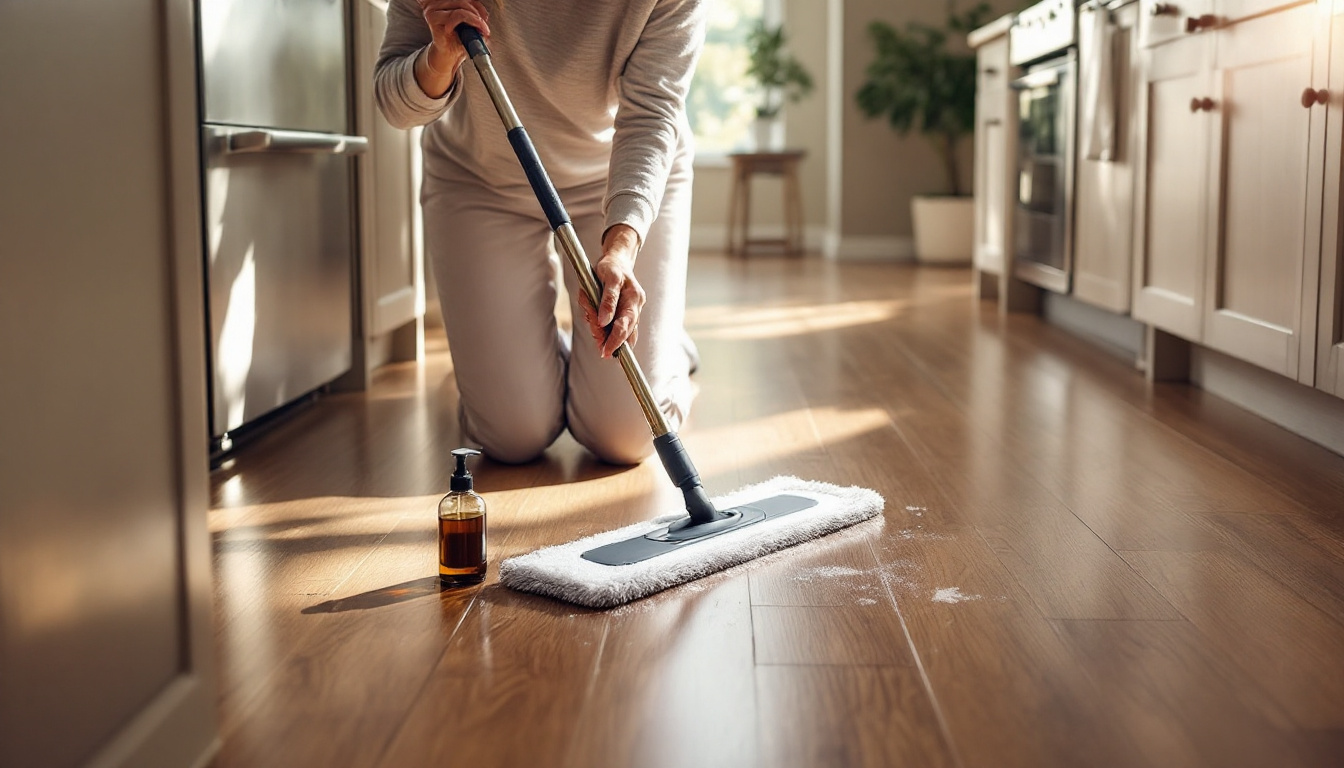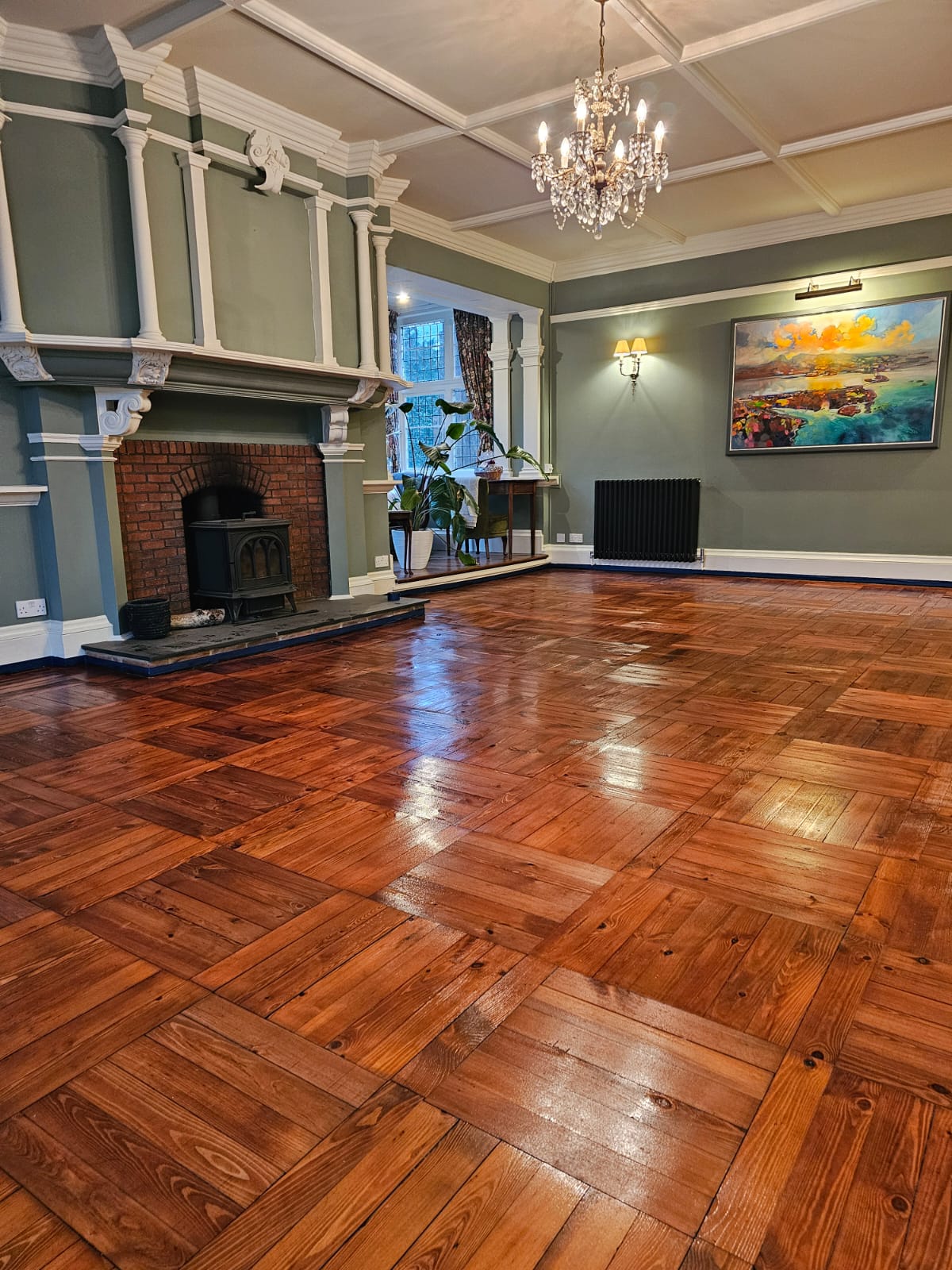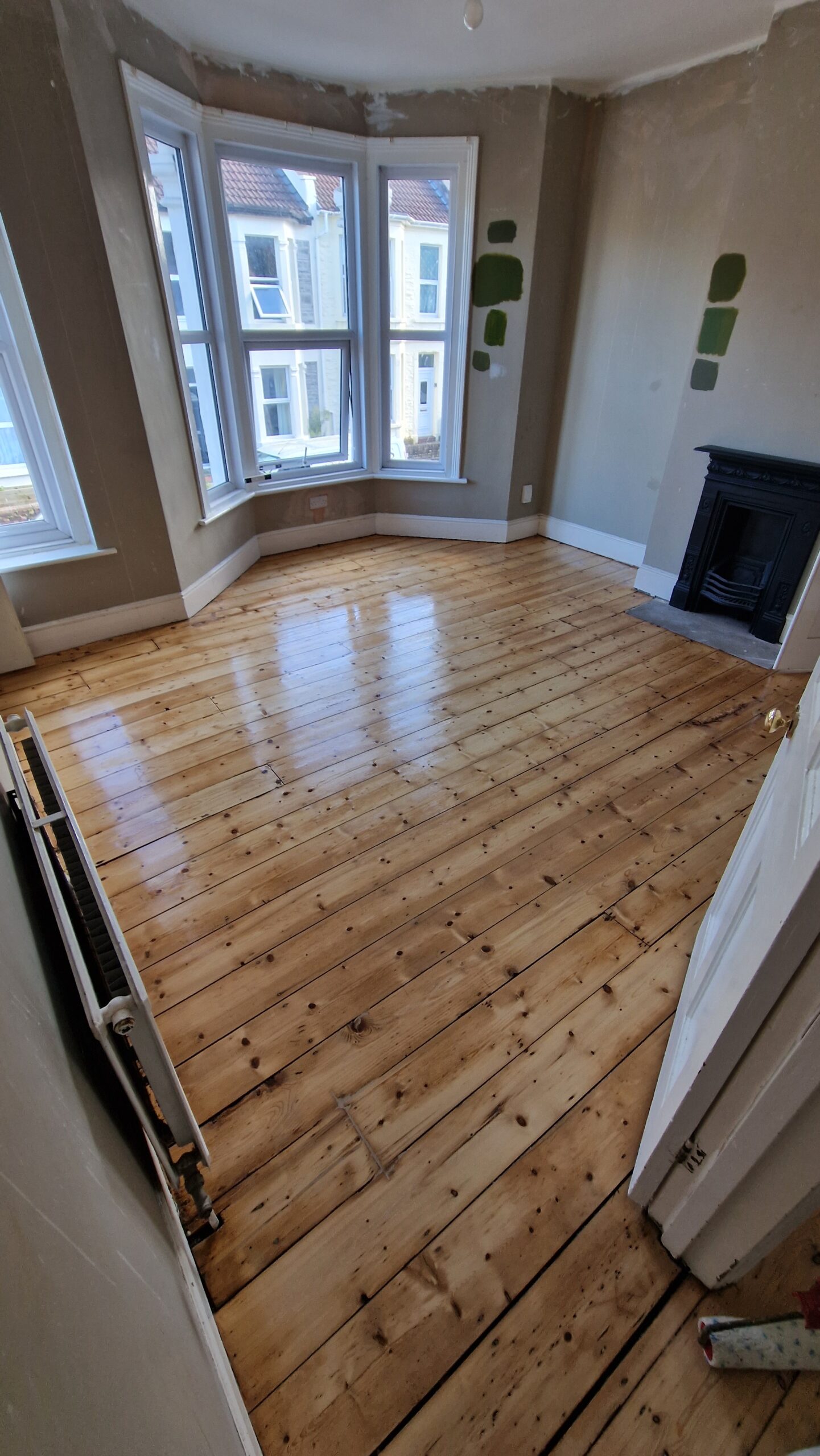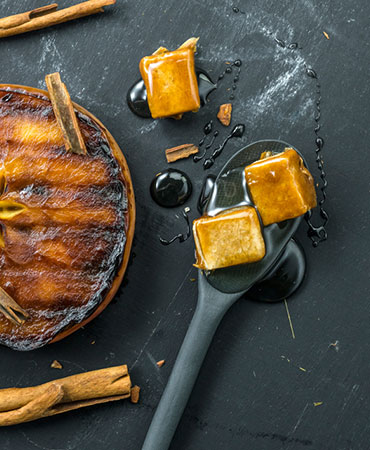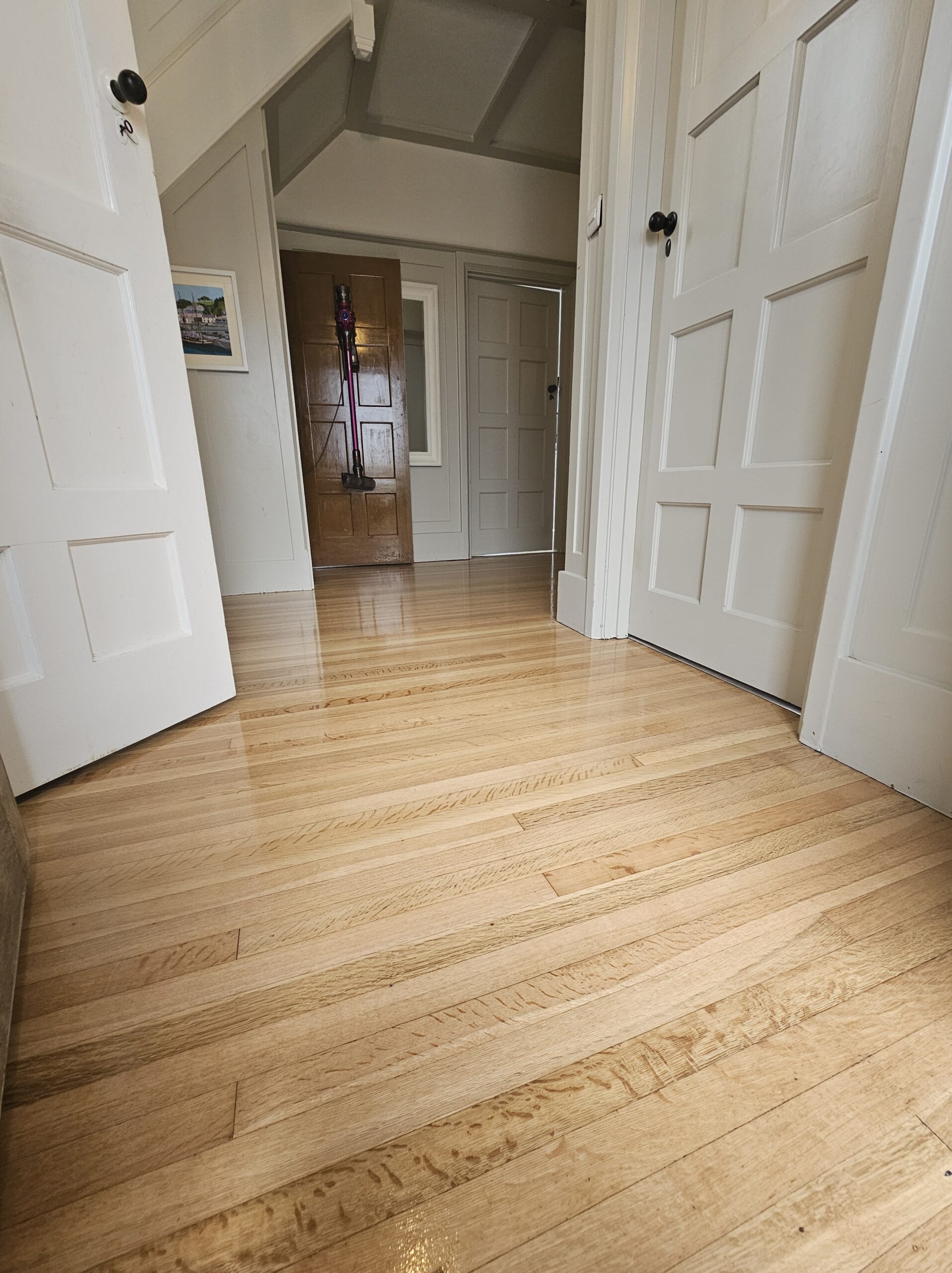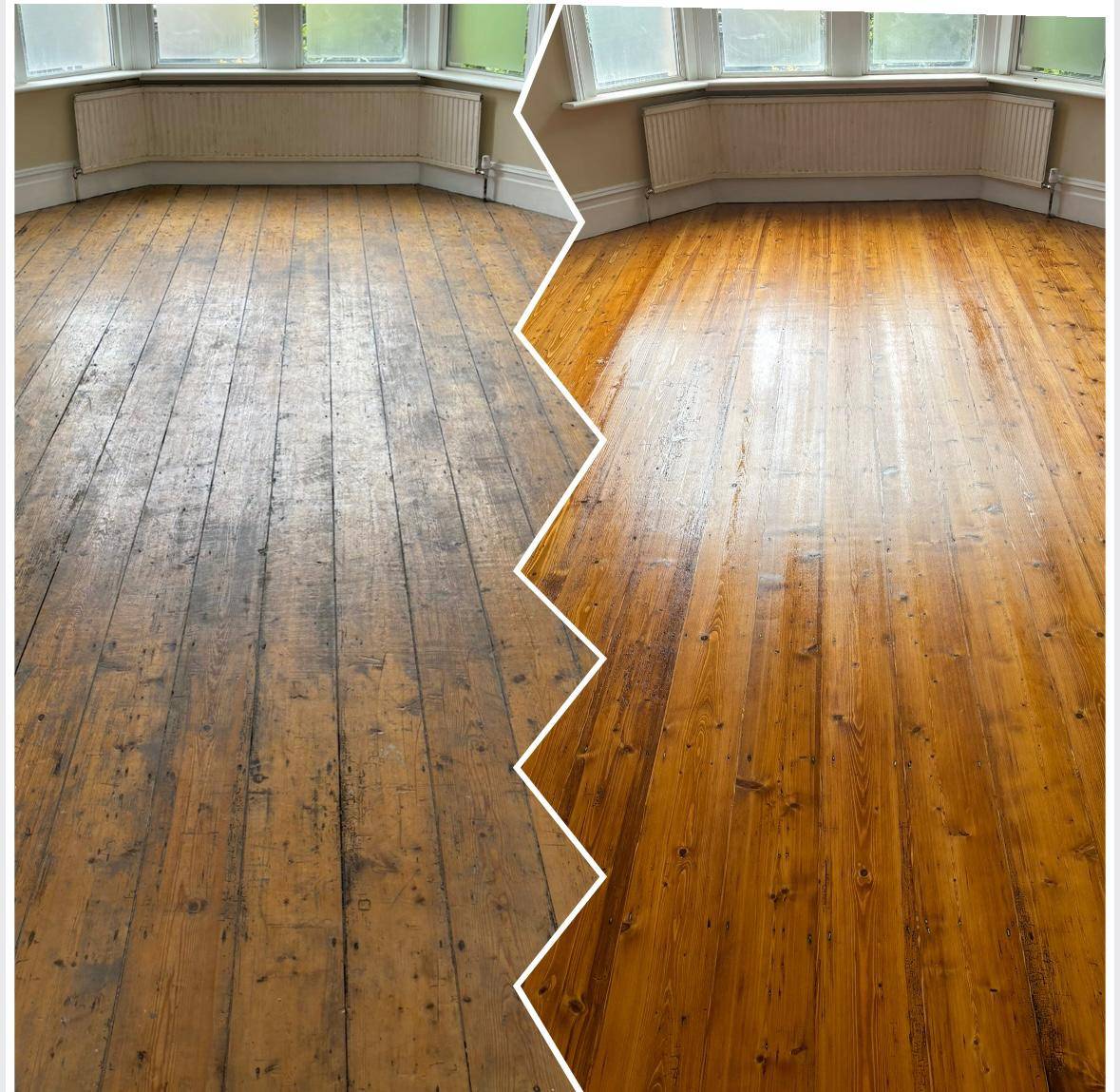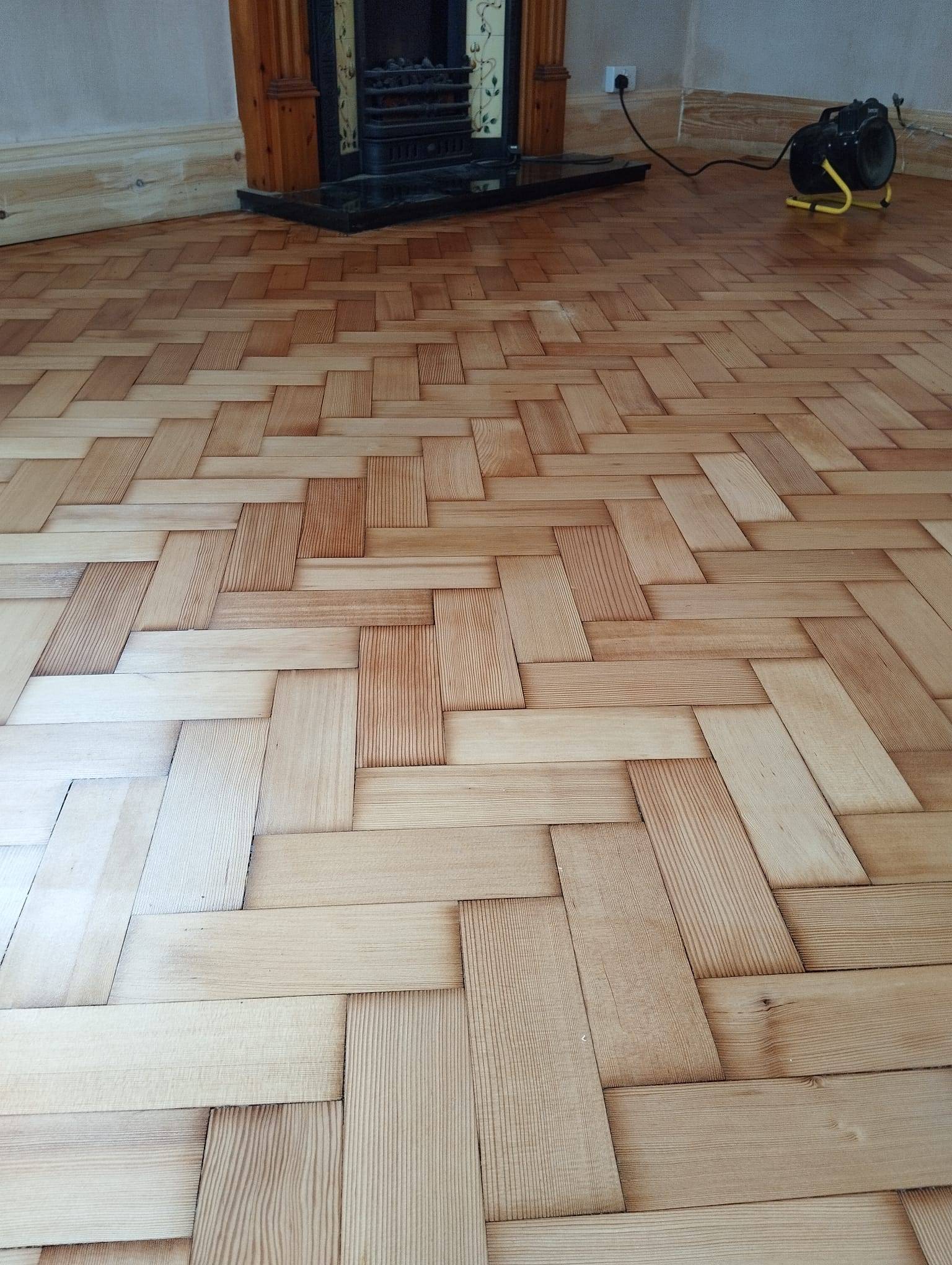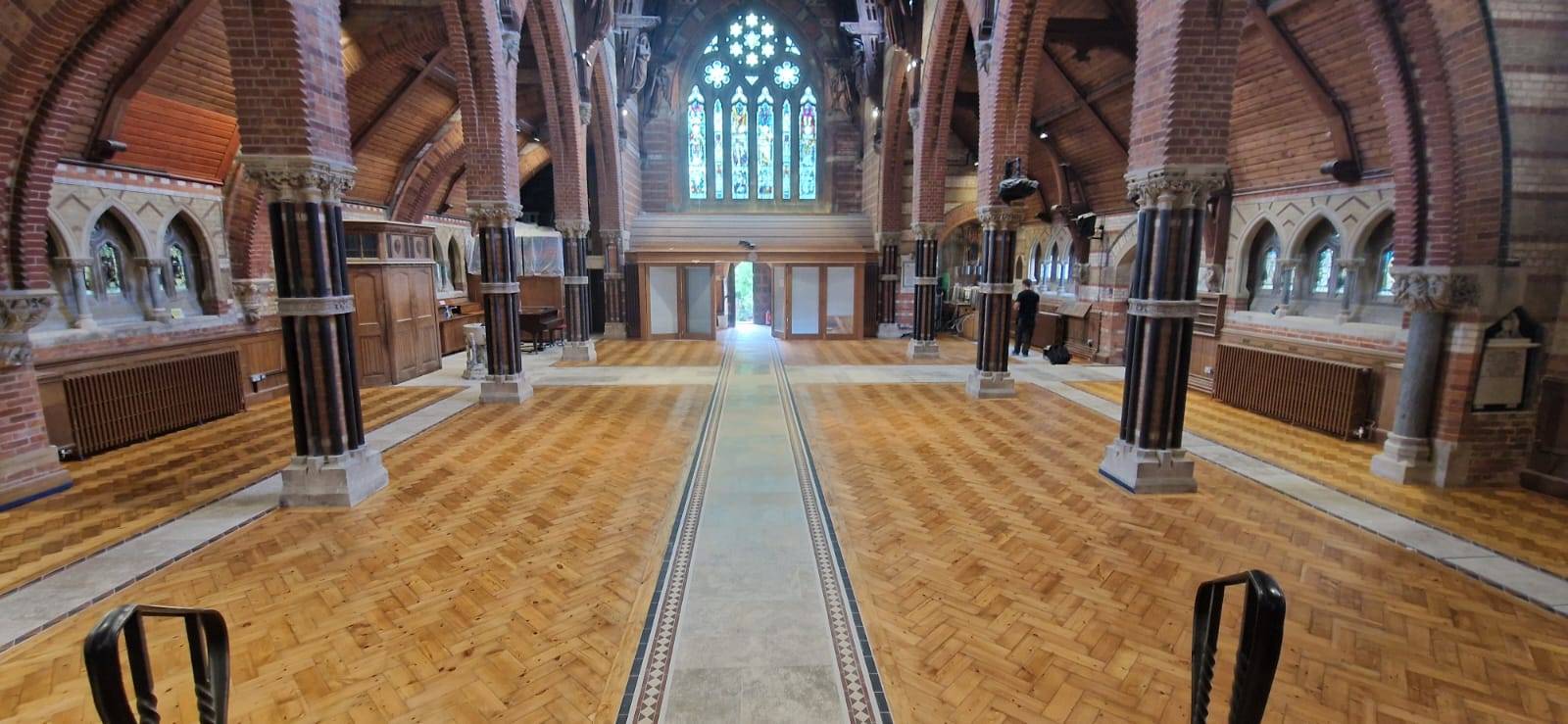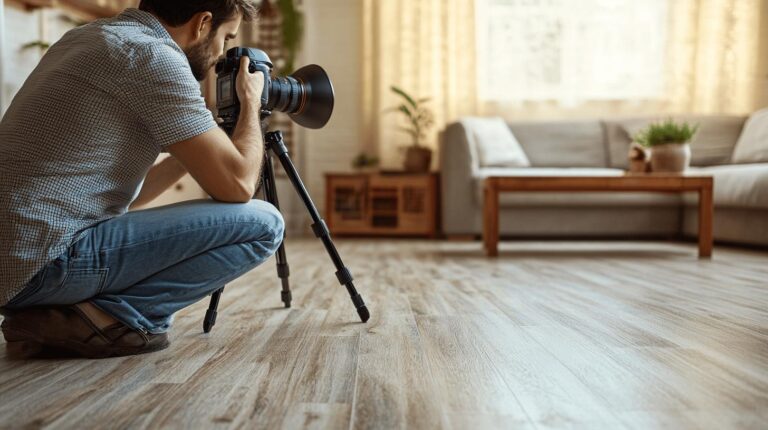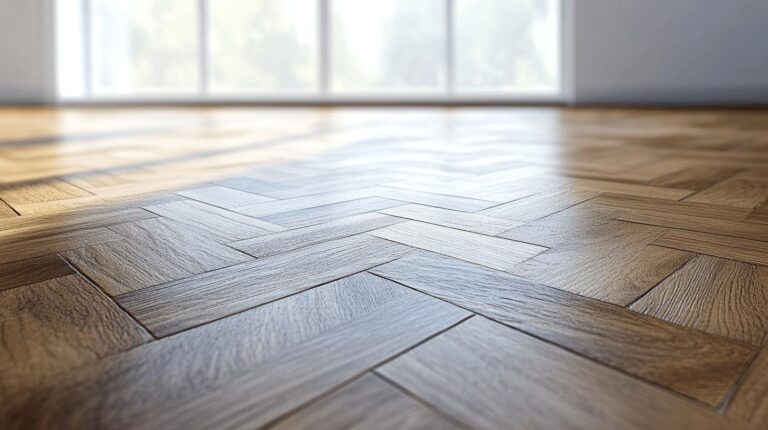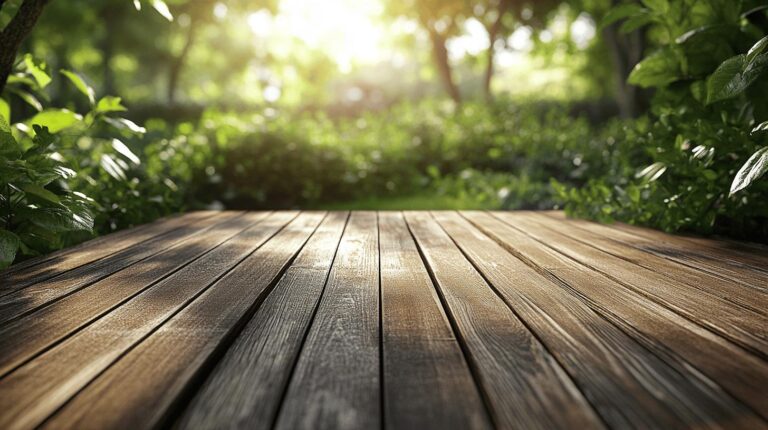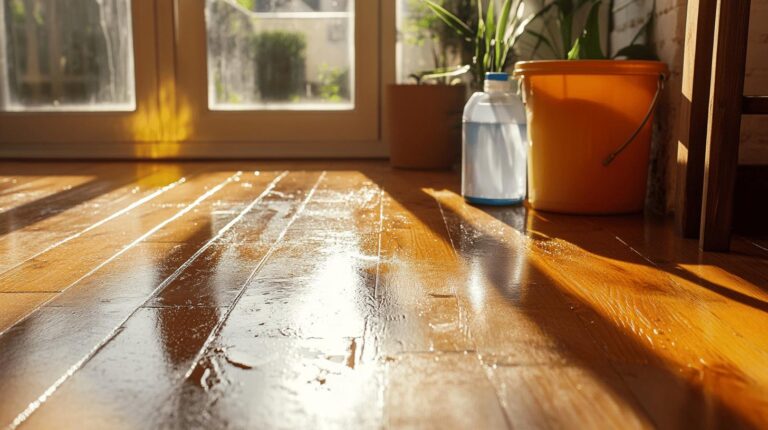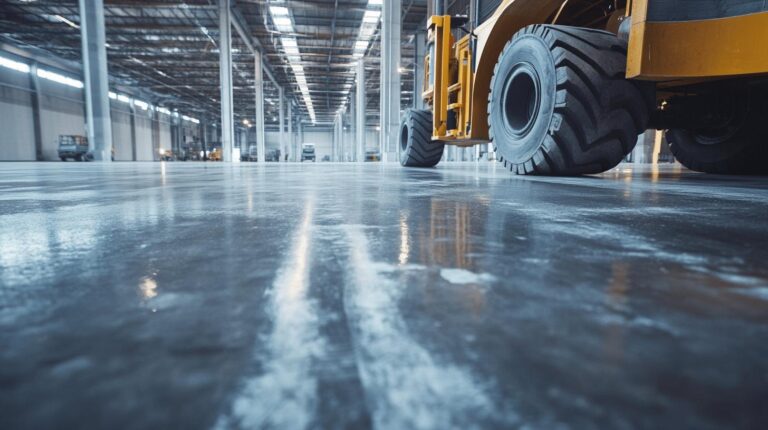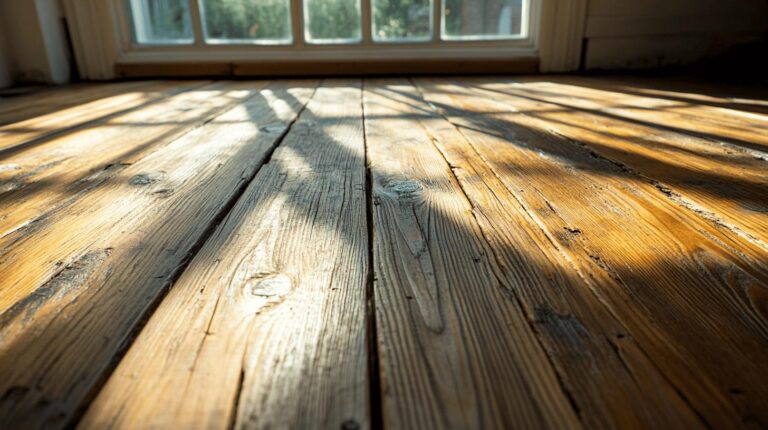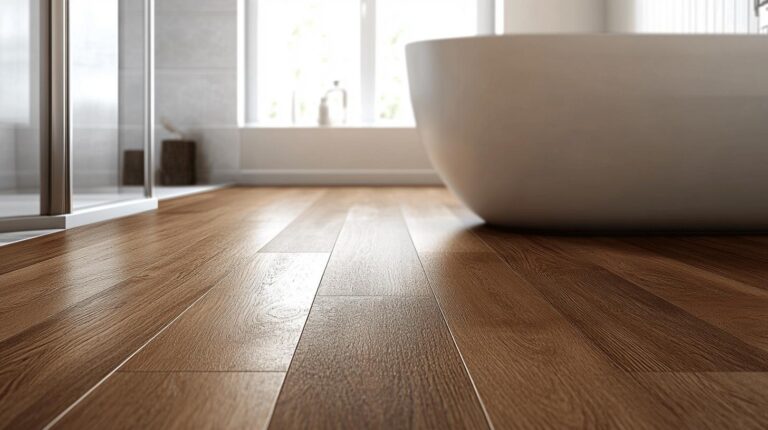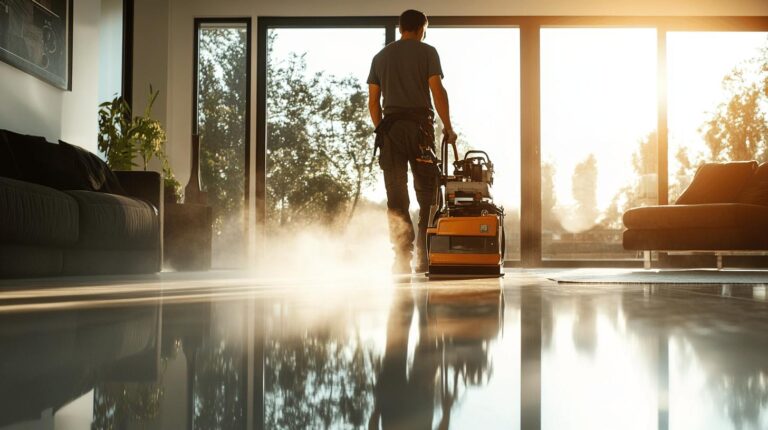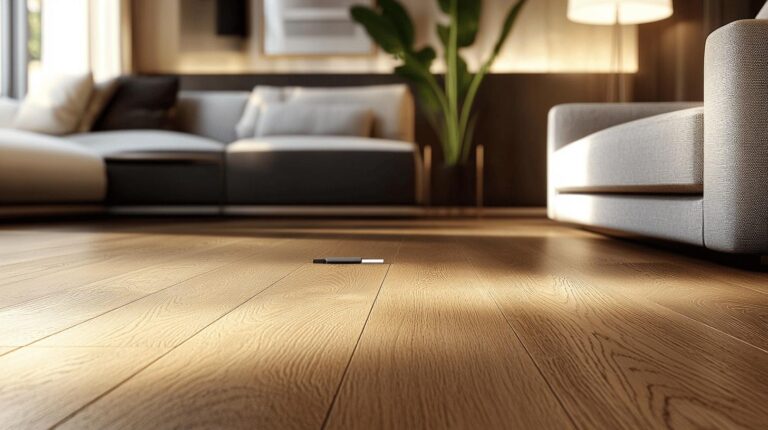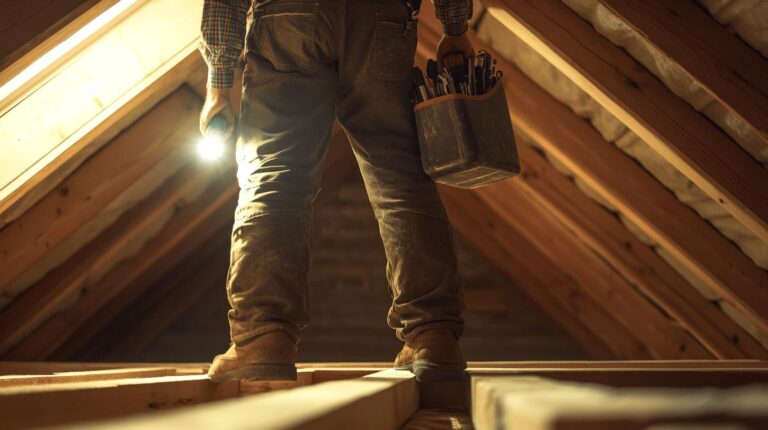Are your kitchen hardwood floors looking less than pristine? Maintaining their beauty amidst the daily hustle can seem daunting. Yet, keeping these floors in top condition doesn’t have to be a chore if executed wisely. Proper care not only maintains their aesthetic appeal but also extends their lifespan. This guide offers expert tips on how to achieve this with effortless daily routines and strategic protective measures. Embrace these practices to keep your kitchen floors both stylish and robust, safeguarding your home’s aesthetic value. Read on to master the art of hardwood floor care in one of the most challenging environments in your home.
Essential Daily Cleaning Tips for Kitchen Hardwood Floors
Maintaining the pristine condition of kitchen hardwood floors requires consistent daily cleaning routines. Regular sweeping and vacuuming are fundamental in preventing scratches caused by dirt, dust, and food particles. Using a soft-bristled broom for daily sweeping can effectively remove surface debris without harming the wood. For thorough cleaning, a vacuum cleaner equipped with a hardwood floor attachment is essential, as it captures fine particles that a broom might miss. This routine ensures that the floors remain free from abrasive elements that can deteriorate their finish over time.
To achieve optimal results, employing the right cleaning tools is crucial. Here are some essential tools and their uses:
- Soft-bristled broom: Ideal for daily sweeping to remove loose dirt and debris.
- Vacuum cleaner with hardwood attachment: Excellent for thorough cleaning of fine dust and particles.
- Microfibre mop: Suitable for damp mopping without leaving excessive moisture.
- Cleaning pads: Useful for gentle spot cleaning and removing light stains.
- Dustpan and brush set: Handy for collecting debris after sweeping.
Integrating cleaning into a daily routine not only preserves the appearance of hardwood floors but also extends their lifespan. Establishing a consistent schedule can be as simple as dedicating a few minutes each day to sweep high-traffic areas and a more extended session weekly for vacuuming. This approach minimizes the accumulation of damaging particles, making it easier to manage spills and maintain the floors’ natural beauty. Whether it’s a quick daily sweep or a more comprehensive weekly vacuum, consistency is key to effective hardwood floor care.
Preventing and Managing Spills on Kitchen Hardwood Floors
Spills on kitchen hardwood floors can pose significant risks, including staining and water damage. Stains can penetrate the wood’s surface, leading to discolouration that is difficult to remove without professional help. More concerning is the potential for water damage, as prolonged exposure to moisture can cause warping or cracking of the wood. These structural issues not only compromise the floor’s integrity but also reduce its lifespan. Therefore, understanding how to address spills promptly and effectively is crucial in maintaining the beauty and durability of hardwood floors.
To manage spills effectively, immediate action is essential. Quickly wiping up any liquid with a dry or damp cloth can prevent water from seeping into the wood. It is important to avoid using excessive water or harsh chemicals during cleanup, as these can damage the floor further. For optimal results, employ cleaning solutions that are tailored to the specific type of spill. Below is a table detailing common spill types and their recommended cleaning solutions:
By implementing these techniques, homeowners can effectively manage spills and prevent long-term damage to their kitchen hardwood floors. Regularly checking for leaks under sinks, dishwashers, and refrigerators can also help in avoiding water-related issues. This proactive approach ensures that the floors maintain their structural integrity and appearance over time.
Protective Measures for Hardwood Floors in Kitchens
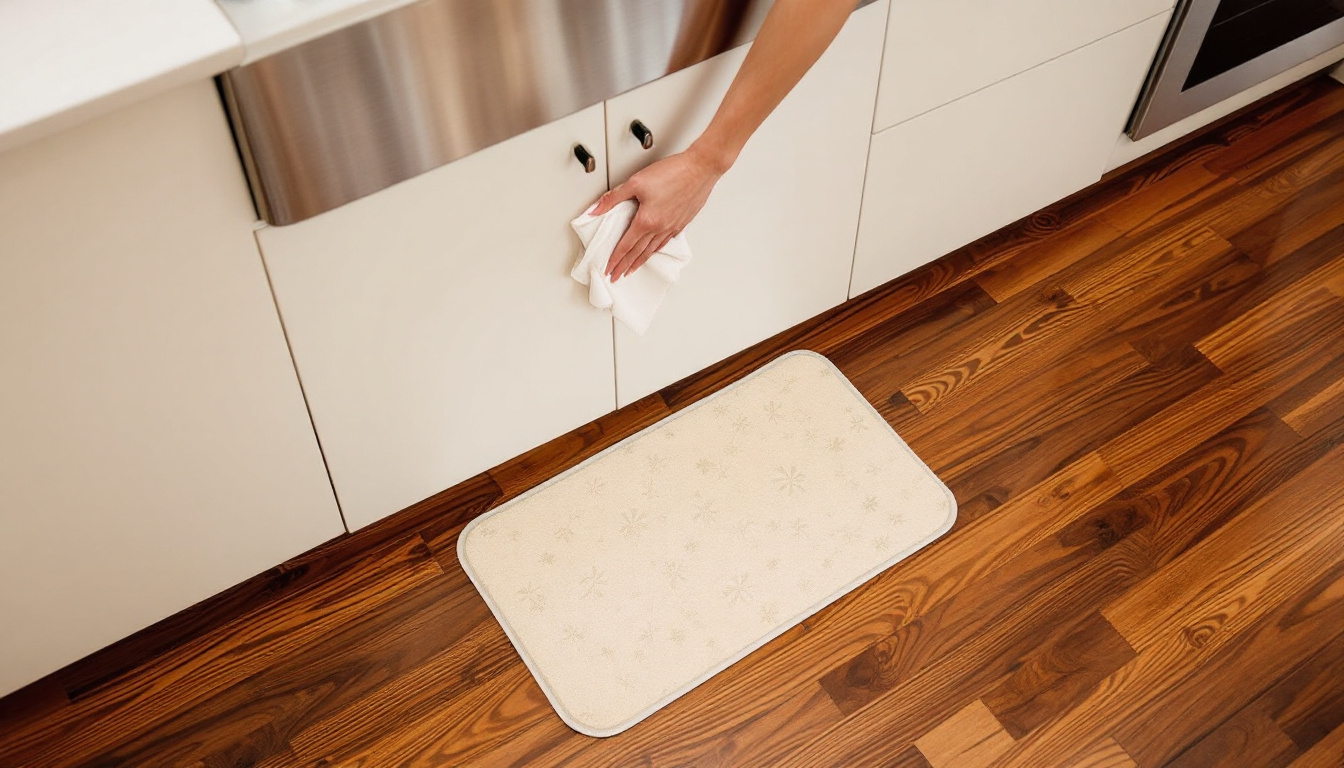
The longevity and beauty of kitchen hardwood floors heavily depend on the implementation of effective protective measures. High foot traffic, frequent spills, and the movement of kitchen furniture pose significant risks to the integrity of hardwood surfaces. Protective strategies, such as using mats and rugs, act as a barrier against scratches and spills. Doormats at kitchen entrances can capture dirt and debris before it reaches the hardwood, while area rugs in high-traffic areas, near the sink, stove, and refrigerator, provide additional cushioning and protection. Choosing rugs made from natural fibres such as cotton or wool ensures that air circulation is not hindered, reducing the risk of moisture build-up beneath them. These simple yet effective measures significantly contribute to maintaining the floors’ appearance and structural integrity.
- Natural fibre rugs: Offer breathability and prevent moisture retention.
- Felt pads for furniture: Minimise scratches from moved chairs and tables.
- Door mats: Capture dirt and debris at entry points.
- Non-slip rug pads: Provide stability and prevent rugs from sliding.
Proper placement and upkeep of these protective materials are crucial for their effectiveness. Rugs should be regularly cleaned and repositioned to prevent uneven wear on the floor. Felt pads on furniture should be checked and replaced periodically to ensure they remain intact and functional. Door mats must be cleaned frequently to maintain their ability to trap dirt efficiently. Additionally, using non-slip rug pads can prevent rugs from shifting, thereby reducing the risk of accidents and ensuring consistent protection for the hardwood floors. By adhering to these best practices, homeowners can enhance the durability and aesthetics of their kitchen hardwood floors, ensuring they remain a focal point of the home for years to come.
Long-term Maintenance and Care for Kitchen Hardwood Floors
Consistent long-term maintenance is crucial for preserving the beauty and durability of kitchen hardwood floors. Regular upkeep not only enhances the aesthetic appeal but also extends the lifespan of the flooring. Daily cleaning routines, such as sweeping and vacuuming, are essential in preventing surface scratches and debris build-up. However, beyond daily care, periodic inspections for signs of wear and damage are necessary to address potential issues before they escalate. Regular maintenance can prevent costly repairs and ensure that the floors remain a valuable asset to the home. Implementing a maintenance schedule that includes routine cleaning and periodic evaluations is key to maintaining the floors’ integrity over time.
Refinishing and sealing are integral components of long-term hardwood floor care. The process involves sanding the surface to remove imperfections, applying a stain to enhance the wood’s natural colour, and sealing with a protective coating to shield against future damage. Refinishing is typically recommended every 5 to 10 years, depending on the level of foot traffic and the wear experienced by the floors. This process not only revitalises the appearance of the hardwood but also provides added protection against spills, scratches, and moisture. By investing in refinishing and sealing, homeowners can significantly extend the life and enhance the resilience of their kitchen hardwood floors.
Professional Refinishing Services
For optimal results in refinishing and sealing, professional services are highly recommended. Ryan’s Restoration is a reputable provider known for its expertise in hardwood floor refinishing. Their team employs advanced techniques and high-quality materials to ensure a flawless finish. Choosing a professional service like Ryan’s Restoration guarantees that the floors receive the meticulous attention and care necessary for maintaining their beauty and durability over the years.
Choosing the Right Cleaning Products for Kitchen Hardwood Floors
Selecting the appropriate cleaning products is crucial for preserving the integrity and appearance of kitchen hardwood floors. Harsh chemicals, steam cleaners, and abrasive tools should be avoided as they can strip away the protective finish and damage the wood’s surface. The right products not only maintain the floor’s beauty but also extend its lifespan by preventing unnecessary wear and tear. It’s essential to choose cleaners specifically designed for hardwood floors, as these are formulated to clean effectively without harming the delicate finish.
When considering cleaning products, it’s important to discern between safe and unsafe options. Safe cleaning products include those labelled as hardwood-friendly cleaners and pH-neutral solutions that do not leave residues. Unsafe options to avoid are bleach-based cleaners, ammonia, and any products with high acidity or alkalinity, as these can lead to discolouration and deterioration of the wood.
- White vinegar diluted with water: A natural disinfectant and cleaner.
- Olive oil and lemon juice mixture: Enhances shine and cleans effectively.
- Castile soap mixed with water: Gentle and safe for regular use.
By opting for these natural cleaning alternatives, homeowners can ensure their kitchen hardwood floors remain in excellent condition without exposing them to harsh chemicals or potential damage.
Final Words
In recognising the significance of daily cleaning to preserve kitchen hardwood floors, one must adopt regular sweeping and vacuuming. This approach guards against surface damage while essential tools and techniques simplify maintenance. Addressing spills promptly minimises harm from staining or water exposure, underscoring the value of immediate action.
Meanwhile, protective measures such as mats shield floors from daily wear and offer a practical solution for longevity. Investing in periodic refinishing revives floor appearance and durability. Selecting hardwood-friendly cleaning products ensures surfaces remain undamaged. Adhering to these tips for cleaning and maintaining hardwood floors in kitchens leads to impressive results.
FAQ
What is the best thing to use to clean wood floors?
To clean wood floors effectively, use a hardwood floor cleaner such as Bona. It is specifically designed to clean without leaving residues or causing damage. Avoid using harsh chemicals or abrasive tools.
How to deep clean wooden floors?
Deep cleaning involves using a hardwood floor cleaner with a damp mop. Start by vacuuming or sweeping to remove dust and debris. Be sure to dry the floor thoroughly to prevent water damage.
How do professionals deep clean hardwood floors?
Professionals typically use a combination of vacuuming, a gentle wood floor cleaner, and buffing to restore sheen. They ensure minimal water use to protect the floor’s finish from damage.
What is the best way to clean wooden floors in the UK?
In the UK, the best way to clean wooden floors is by using a pH-neutral cleaner and a microfibre mop. Regular sweeping and vacuuming help prevent dirt accumulation that can scratch the surface.
What should you not clean hardwood floors with?
Avoid cleaning hardwood floors with vinegar, steam cleaners, and abrasive tools. These can strip the finish, cause warping, and scratch the surface, compromising the floor’s durability and aesthetics.
Can you clean hardwood floors with vinegar?
Cleaning hardwood floors with vinegar is not recommended, as its acidic nature can erode the protective finish. For a safer choice, consider a pH-balanced hardwood floor cleaner.
Can you steam-clean wooden floors?
Steam cleaning is not advisable for wooden floors. The heat and moisture can cause the wood to warp and the finish to deteriorate over time, leading to potential long-term damage.
How do you keep hardwood floors clean in the kitchen?
Regularly sweep and vacuum kitchen hardwood floors to remove dust and food particles. Implement a daily cleaning routine with a soft-bristled broom and a vacuum with a hardwood floor attachment.
How to protect wooden flooring in a kitchen?
Protect kitchen wooden flooring by using rugs and mats in high-traffic areas. Choose natural fibre rugs like cotton or wool and install doormats at entrances to capture dirt and moisture.
Is it OK to have hardwood floors in a kitchen?
Hardwood floors can be suitable for kitchens if properly maintained. Use protective mats, promptly clean spills, and apply a suitable finish to shield the wood from moisture and wear.
How do I protect my hardwood floors from water in my kitchen?
To protect hardwood floors from water, immediately wipe up spills with a damp cloth. Avoid excessive water use during cleaning and ensure appropriate sealing of floors for added moisture resistance.
